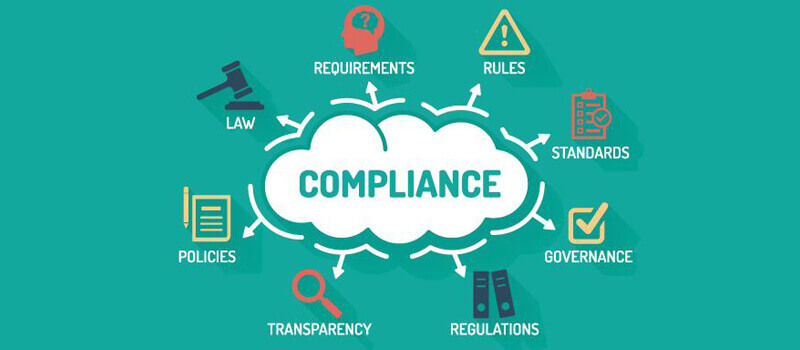Introduction
Compliance stands as a crucial pillar upon which organizations build trust, uphold integrity, and mitigate risks. It entails adherence to laws, regulations, industry standards. And ethical principles, ensuring that businesses operate responsibly and ethically in the global marketplace.
The Evolution of Compliance
It has evolved significantly over the years, driven by changes in regulatory frameworks, advancements in technology. And shifting stakeholder expectations. What was once viewed as a regulatory burden has now transformed into a strategic imperative. Shaping organizational culture, governance structures, and risk management practices.
The Importance of Compliance in Business
It plays a pivotal role in safeguarding organizational reputation, enhancing stakeholder confidence, and fostering sustainable growth. By adhering to it standards, businesses can avoid legal liabilities, financial penalties, and reputational damage associated with non-compliance. Moreover, compliance initiatives promote transparency, accountability, and ethical conduct, laying the foundation for long-term success and resilience.
Regulatory Landscape and Challenges
Navigating the complex regulatory landscape poses significant challenges for organizations of all sizes and industries. Regulatory requirements vary across jurisdictions, sectors, and business activities, making it essential for companies to stay informed about regulatory changes and adapt their it programs accordingly. It challenges also stem from the proliferation of data privacy regulations, cybersecurity threats, and emerging risks associated with digital transformation.
Elements of Effective
Effective it programs encompass a comprehensive set of elements designed to address regulatory requirements, mitigate risks, and promote a culture of compliance within organizations. Key components of effective compliance programs include:
- Robust Policies and Procedures: Clearly defined policies and procedures that outline expectations, responsibilities, and standards of conduct for employees.
- Ongoing Training and Education: Continuous training and education initiatives to raise awareness about it requirements, ethical principles, and risk management practices.
- Proactive Risk Assessment: Systematic identification, assessment, and mitigation of compliance risks through risk assessment processes and internal controls.
- Monitoring and Oversight: Regular monitoring, auditing, and oversight mechanisms to ensure compliance with policies, regulations, and industry standards.
- Ethical Leadership and Tone from the Top: Strong leadership commitment to ethical conduct, integrity, and accountability, setting the tone for compliance culture throughout the organization.
Embracing Technology
Technology plays a pivotal role in enhancing compliance efforts, enabling organizations to streamline processes, automate it tasks, and leverage data analytics for risk management purposes. it management software, digital reporting tools, and artificial intelligence-driven solutions empower companies to improve efficiency, accuracy, and agility in compliance operations.
Also read this" Ccaarrlluuccccii: A Linguistic Expedition: Unraveling the Quirks "
Conclusion
In conclusion, it remains a fundamental aspect of business operations, governance, and risk management in today’s interconnected world. By prioritizing compliance, organizations can uphold ethical standards, mitigate regulatory risks, and build trust with stakeholders. As the regulatory landscape continues to evolve, companies must remain vigilant, adaptive, and proactive in their compliance efforts to navigate challenges and seize opportunities in the ever-changing business environment.
(FAQs)
1. How does it contribute to organizational resilience and sustainability?
By aligning business practices with regulatory requirements and ethical principles, organizations can build resilience against legal, financial, and reputational risks, driving sustainable value creation and stakeholder engagement.
2. What are the emerging trends and developments in it management?
Companies are increasingly adopting agile it methodologies, leveraging technology-driven solutions, and embracing a proactive approach to risk management to address evolving regulatory requirements and stakeholder expectations.
3. How do companies ensure global compliance in a diverse regulatory landscape?
Through ongoing monitoring, risk assessment, and stakeholder engagement, companies can navigate the complexities of the global regulatory landscape, mitigate compliance risks, and seize opportunities for growth and expansion.
4. What role does third-party risk management play in it programs?
By implementing robust third-party risk management processes, organizations can mitigate compliance risks, enhance transparency, and safeguard against reputational damage associated with third-party misconduct or non-compliance.
5. How can companies foster a culture of it and ethical conduct among employees?
Through clear policies, ethical role modeling, and a commitment to transparency, companies can cultivate a culture of it that aligns with organizational values, promotes trust, and drives sustainable performance.
